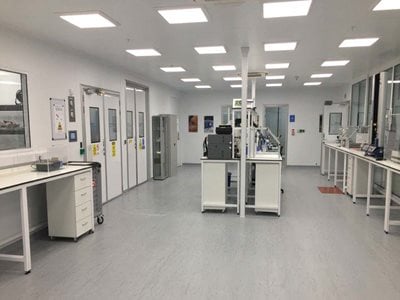Waveguide to coaxial transitions is an integral capability and we offer a choice of connector type and orientation, pin/socket interfaces to waveguide apertures withf standard or custom flange details. Waveguide iso-adapters span from S to Ka-Band and include coaxial and waveguide isolators with transitions to waveguide and integrated assemblies including filtering and waveguide windows. Waveguide couplers, combiners and splitters are designed to complement our waveguide isolators and terminations.
-
Signal Distribution
Wide array of products to support signal distribution applications up to 50 GHz.
-

Smiths Interconnect Laboratory Replicates Deep Space
The Centre of Excellence will offer a one-stop-shop to the global customer base for the certification of products used in space applications
-

New K-band waveguide components for Space applications
Highly compact and ruggedized, Smiths Interconnect’s K-band waveguide components are rigorously qualified for spacecraft use in the company’s state-of-the-art test and qualification laboratory in Dundee, Scotland.
-

28G rugged embedded optical modules with integrated CDR.
New line of rugged optical modules offering up to 28 Gbps per lane for defense applications. This line of optical modules consists of the LightABLE28™ mid-board transceiver and the LightCONEX28™ active optical blind mate connector.
-

One-stop-shop laboratory replicates deep space environment
Space flight hardware is exposed to severe shock, vibration, thermal variations and electromagnetic environments that start with launch and continue throughout its operational lifetime. Environmental tests expose the hardware to these environments in a simulation laboratory to validate the design, screen for manufacturing defects and ensure the reliability and survivability of flight hardware.

